Garden weather wheel
Keeping track of the temperature and weather can be a useful addition to our garden journal. In this blog post I share how I record this information and offer a downloadable template for you to use in your own journal.
The natural rhythms of weather, temperature, and moon phases are deeply connected to the garden, influencing what grows and thrives in each season. Tracking these patterns helps us become more informed and intentional gardeners, making it a valuable addition to a garden journal.
In my own journal, I’ve been experimenting with different ways to record this information. I first tried a table format, which captured the data well but wasn’t very visually engaging. Inspired by Miriam Morrill from Pyrosketchology, I began using a wheel format with a colour-coding system to create a striking visual representation of temperature fluctuations over the month. This method makes the data more dynamic and easy to interpret.
Each month, I draw a new wheel in my journal, adding labels and a key. Then, using daily temperature readings from my local weather station, I fill in the data. Here’s how it looks when a month is complete:
If you would like to use this method to capture weather data in your own garden journal, I’ve prepared a template that you can print and either trace or paste into your journal. There are two sizes. The smaller template will fit onto an A4 journal page. The larger one can be stretched across the middle of two pages of a journal, creating a double-page spread.
I am interested to know about different ways that you record this kind of weather information. Please leave a comment below and let me know your own methods!
Inktober in the garden
This month I will be using a set of prompts to inspire my garden journal. I invite you to join in!
This month I am going to be using a prompt list to encourage myself to keep a regular garden journal again. This has been inspired by Inktober which is an art challenge where participants sketch something in ink, every day for the month of October. There is an official list, but I have created my own. I am calling this challenge Inktober in the Garden. Each prompt is just one word related to gardens and gardening and is aimed to get us thinking in different ways about the beauty of our cultivated space. Here is the list:
1. Pollinator; 2. Fruit; 3. Scented; 4. Germinate; 5. Wild; 6. Sun; 7. Growth; 8. Mulch; 9. Tendril; 10. Water; 11. Sow; 12. Flower; 13. Soil; 14. Shade; 15. Cultivated; 16. Climbing; 17. Root; 18. Invertebrate; 19. Companion; 20. Textured; 21. Supported; 22. Leaf; 23. Herb; 24. Seed; 25. Insect; 26. Weed; 27. Compost; 28. Tools; 29. Seedling; 30 Pod; 31. Harvest.
If you would like to join me, you can use each prompt or just dip into the ones that inspire you the most. I would love to see your pages! If you are on social media you can use the hashtag #inktoberinthegarden or you can email me your pages at bethan@journalingwithnature.com.
If you don’t have a garden, you can use the prompts to get inspired by your local park or green space.
I look forward to sharing this challenge!
A simple framework for nature journaling
Deciding what you include on your nature journal page can be difficult. In this post I explore a simple framework to remind me what to focus on when I am outside with my sketchbook.
Knowing what to put on your nature journal page can be a challenge sometimes. When we are outdoors and faced with thousands of possibilities for what to document, it can be hard to know where to focus our attention. Recently, I’ve been thinking about ways to articulate exactly what I want to express in my nature journal. In this blog post I would like to share with you a simple framework that I have created that helps articulate everything that I want to capture on my pages. The framework includes what I want to focus on in nature, as well as the aspects of myself I can tap into when I am journaling.
Life, landscape, linkages
Nature is complex. Every living thing exists within a wider ecosystem, a network of biotic and abiotic elements that interact and affect each other. In my nature journal, I want to document different parts of an ecosystem in order to understand more about the ecology of my environment.
When I am outdoors, I aim to include three elements on my nature journal page:
Life
Landscape
Linkages
Life refers to all the biotic parts of an ecosystem – that is, everything that is alive. Plants, animals, fungi, bacteria, and the other tiny stuff! By observing and documenting living organisms we are deepening our connection to the web of life and finding our place within it. We are drawn to documenting life because we are experiencing it ourselves!
Landscape includes all of the biotic and abiotic elements that form the scene where we find ourselves. You might document the vegetation, rocks, topography, soil and water, as well as the weather. You can draw the landscape, or you can include a simple written description of your surroundings. Documenting the landscape gives context to your page, showing the ‘stage’ on which the story of life is unfolding.
Linkages refers to the interactions between different parts of the ecosystem. When we nature journal the bitemarks left on a leaf by an insect we are journaling about linkages. When we witness a bee pollinating a flower we are seeing linkages in action. When we watch a bird building a nest, this is the birds interacting with the landscape, finding resources, and using them in their own unique way. The most exciting nature stories are found in these linkages and documenting them adds richness to our pages.
When we include these three elements on our nature journal pages, we build up a more complete picture of what is happening in the ecosystem. Sometimes, in the past, I have nature journaled about one small part of nature, a particular flower or fruit for example. Looking back on these pages, it is nice to see and remember the observations I documented, and the things I learned about this species, but without the wider context of the landscape and linkages, it feels less complete. Documenting the ecosystem by including observations of life, landscape and linkages, helps me build a more detailed page and understand nature more fully.
Engaging your body, mind, and heart for a deeper connection with nature
We can make our nature journal observations using different parts of ourselves. We all have senses with which to experience the world. We all have brains with which to question, hypothesise, count, measure, and make inferences. And we all have emotions and feelings, which help us connect deeply with nature, and experience awe, wonder, and a sense of love and belonging. These are the physical, mental and emotional dimensions of our being that we can tap into while we are nature journaling.
We can summarise these as:
Body
Mind
Heart
Body is all about experiencing the world through our senses. What do we experience with this exquisite piece of sensing machinery we have been given? Make observations with all of the senses you have available to you. What do you see, hear, smell, touch and taste (if it is appropriate)?
Mind refers to the analytical and questioning parts of ourselves, the scientific way of thinking. With our minds we can wonder and question, estimate, and make inferences. We can choose to tap into our inner scientist and use our analytical minds while we are journaling.
Heart is, for me, the most important piece. We have the capacity for love, for compassion, for connection and healing. When I am paying close attention to what is around me in nature, I feel open hearted and alive; I feel in love and in-tune with other beings and with this earth. Tuning into this tender part of ourselves can make nature journaling one of the richest and most heartfelt ways to spend our time on this planet.
By tuning into our senses, exercising our scientific minds, and feeling our emotions, we can experience nature through different lenses. Each of these have value and using them together can help us create a full and vivid record of our experiences in nature.
Integrating the ideas
Explore the pages of nature journalers like Clare Walker Leslie and Paula Peeters and you will find these ideas in action. They portray living things within the context of their landscape and the ways that elements are interacting. They also bring in the feeling aspect of this practice and how creatively connecting with the natural world can be a solace in our lives.
You might find that you already naturally include life, landscape, and linkages in your nature journal pages as well as making observations with your body, mind, and heart. But, sometimes articulating a simple idea can help us remember and integrate it. If it is useful to you, I invite you to think about life, landscape and linkages when you are next outside with your journal and consider the ways that you can include observations made with body, mind and heart to create a comprehensive record of your nature experiences.
Beauty in decay
We are often drawn to the vibrant colours of newly opened flowers, or the rich greens of new leaves, but there is a unique and often overlooked beauty that can be found in the slow, gradual process of decay. As I write this I realise that the word decay has a lot of negative connotations but I cannot think of a word with the same meaning that could add a more positive note…decomposition; degeneration; deterioration…all these synonyms carry the same weight and meaning. But this process, the process of decay, is totally natural, essential and beautiful!
I recently walked through the garden of a green-thumbed friend and she piled a basket with cuttings for me to take for my own garden. There was rose geranium, cranberry hibiscus, kaffir lime, elderflower, perennial spinach, and, the cuttings I was most excited about, white mulberry. Mulberries were a big part of my childhood. We used to pick buckets of them and bring them home for Mum to bake into pies. The white mulberry is a variety I have never had before so I was excited to try to grow it in my garden. My friend told me how to care for each of the cuttings and I planted the mulberry stems in pots and watered them well. A few days later it was obvious they were not going to make it! The stems were still upright but the leaves were drooping and drying. I was disappointed about the plants but I noticed right away that the leaves looked so beautiful as they started to curl and change colour. The veins on the leaves were becoming more prominent as the drying leaves turned a mottled khaki.
I have had the same experience with cut flowers, that as they start to dry and change, their beauty is even more striking. It is easy and obvious to love the colour-pop of a bright yellow bunch of sunflowers, but there is also a lovely allure in the changes that come next - the yellow that turns to cream and the plump petals that start to bend and wither. We are trained to see beauty in the new and fresh, but the changes that come as a plant (or human for that matter) ages, can be utterly stunning.
I was moved to sketch the trying mulberry leaves in my nature journal. You can watch a little video of this process over on YouTube or click to play the video below.
I would really love to hear your thoughts on seeing beauty in the process of decay. Firstly, can you think of a better word, or do we just have to change our view of it?! Secondly, do you have examples of seeing the beauty of these changes and putting them in your nature journal? I would love to hear about it. Please comment below with your experiences.
Journaling with children of every age
Nature journaling is a wonderful activity to share with the children in your life. Whether you are a parent, grandparent, teacher or friend, nature journaling can begin when children are old enough to hold a paintbrush and can be adapted as they grow.
I will share my thoughts on nature journaling with children of different ages. Each age group has different needs and challenges and we can sensitively adapt our nature journaling practice to benefit each child as they progress.
When nature journaling with children, it is important to remember to cover their basic needs first. Enure that they are safe, warm, protected from sun and insects and have water and food at hand. When these needs are covered, children are much more able to concentrate on journaling. This is important for all age groups but especially when children are very little.
Having a dedicated nature journaling kit can help make nature journaling easy and fun. If you’re a parent, you can have a backpack for each child with nature journal, paints and pens ready to go. If you’re a school or kindergarten teacher, you could have a box with all the nature journals together which you can grab when the class is ready to go on a journaling adventure. Less time searching for materials means more time journaling!
Early Years (Age 0 - 4)
At this age, nature journaling will involve a lot of talking about the things you see and experience. I consider talking about nature to be nature journaling, at this age. We are ‘writing’ the nature experiences into the hearts and minds of our children. Experiences in nature are something that they will remember for the rest of their lives.
You can use specific language when you’re talking with children, even when they are very young. Instead of using the word ‘bird’ you can say the species name. You will be surprised how young children can begin to identify particular animal and plant species, given the chance.
Say your thoughts out loud and let them do the same. Tell them what you see, the questions you have and the things you wonder about. Let them share your amazement too! The natural world is infinitely fascinating and when young children see you looking at the world with curiosity and wonder, they will too.
Let nature journaling be messy!
Introduce a range of different mark-making tools and allow the children to express themselves while they are outdoors. A two-year-old dabbing paint on paper while sitting outdoors with you and talking about birds is nature journaling.
Remember that nature journaling and nature experiences at this age should be PLAY. It is going to be messy and that’s how it should be. Children learn best when they are at play. Let them paint themselves, if that’s what they want to do. They might paint the grass or they might pick up a leaf and paint that too. Your role is to facilitate interaction between nature and the child. Do this in whatever way feels fun for everyone.
Some activity ideas that you can use for children in this age group:
Leaf prints
Rubbings
Hand prints with mud
Mark-making outside with paints/pens/crayons
Stick leaves or flowers in their journal with packing tape
Nature scavenger hunt
Verbal exchange with caregiver
Sensory experiences
Patterns in the dirt with a stick
Counting birds/flowers/fruits/anything!
Write on leaves
Collaborate on a page together
Follow ants with chalk
You can create a nature collection with your child or kindergarten group. Picking up treasures is a wonderful sensory experience. You can talk about the texture and colour of the object to help them practice their nature observation skills. Is it wet? Is it smooth? Is it spiky?
Using magnifying glasses or loupes is another fun way to engage young children. My favourite magnifying tools for children are by a group called The Private Eye. They have simple, plastic loupes that are easy for youngsters to use and magnify the world by 5x! You can find them on The Private Eye’s website.
Primary Years (Age 5 – 12)
Children at this age are expanding their awareness of the world and their experiences. This is a great time to start using words, pictures and numbers to capture their nature observations and to bring in the three prompts ‘I notice…’, ‘I wonder…’ and ‘It reminds me of…’.
Around the middle to upper ages in this range (from around 8 or 9), children often start to get nervous about making art. They begin to judge their own drawings and many people stop drawing altogether at this age. It is important to recognise this and to be sensitive to it.
There are several ways we can tackle this issue of children criticising their own artwork. Firstly, we can remember that the type of feedback we give makes a lasting impression. Instead of praising artistic talent or ‘pretty pictures’ we can give feedback by noticing what they have noticed. We could say, for example, ‘I see that you have used words, pictures and numbers on your page’ or ‘I see that you noticed the hairs on the surface of your leaf. Did you look through a magnifying tool?’ Feedback like this will not reinforce children’s idea that nature journaling is all about art, but instead help them go deeper with their observations in nature.
A second way to ease children through this sensitive time is to give them specific art instruction, such as using simple shapes to build the 3D form of an animal. Step-by-step instructions can show children that these skills can be learned and that they need not give up just because they feel they don’t have ‘talent’. Books such as Drawing With Children by Mona Brookes can help you.
There are lots of nature journaling activities that can be done with children of this age that are fun and engaging. Many of these activities are described in detail in the book How to Teach Nature Journaling by John Muir Laws and Emilie Lygren. Be sure to download or buy a copy of this book if you’d like more details.
Some activity ideas that you can use for children in this age group:
Words, Pictures & Numbers
I Notice, I Wonder, It Reminds Me Of
Sensory awareness
Colour search
Look up high and down low for new observations
Trace a plant shadow onto your journal page
Games and challenges - My Secret Plant; Each To Its Own (from How to Teach Nature Journaling)
Zoom in, Zoom out using magnifying tools
Comparison of two similar things
Lifecycle study
At this age you can bring in some different art tools such as fine-liners, colour pencils and watercolour pencils. Give specific instruction on how to use these new tools to build the children’s confidence and comfort level.
If you are a beginner yourself and are not confident using specific art tools, that’s absolutely fine! YouTube is a great source of information. Search for whatever technique you would like to learn (for example, ‘how to use watercolour pencils’) and you will have a range of videos to help you learn each new skill. Learning alongside the children can be wonderful because it lets them see that art is a skill that improves with time and practice, not a talent you’re born with.
Teenage Years (Age 13 - 18)
At this age, children are starting to deepen their conceptual understanding of the world and their study areas of literacy, numeracy, science and art. Nature journaling is perfect for encouraging them to go further in all of these areas in a way that is interesting and engaging.
To encourage mathematical thinking you can focus on counting, measuring and finding data in the landscape. This can be done by mapping data using stem and leaf plots, histograms, and bar charts. To develop confidence with the written word, you can focus on poetry and prose in response to nature. To develop artistic skills in specific areas, you can use the tutorials in John Muir Law’s book ‘The Laws Guide to Nature Drawing and Journaling’.
Some activities for children in this age group might include:
From How To Teach Nature Journaling by John Muir Laws and Emilie Lygren
Species identification using field guides
Mapping the landscape
Cross sections
Poetry and reflective writing
Event comic strips
Biometrics
Finding numbers
BioBlitz/Biodiversity days
Tracking change over time
Generating and testing hypotheses
Sit-spot reflection
Mentoring opportunities
Adolescence can be a confusing time for many children. Things are changing quickly, and children can feel confused about school life, social life and families. Just as important as science and maths at this age is finding solace and safety in nature. Nature can have a calming effect and provide a place to reflect. I recommend building some time into the schedule for personal reflective writing while in nature.
Time spent in nature in childhood builds lasting memories and helps creates adults that are passionate about nature and nature conservation. Let nature journaling be a part of your child’s learning and development and adapt it to their needs and interests as they grow.
If you’d like to keep the conversation going, or share your experience of nature journaling with children, be sure to comment below.
Nature journal prompts
Lately, I’ve been finding it challenging to focus, make time for nature and create space for journaling in my days. Even though my job is working to bring nature journaling into the lives of others, I sometimes find it hard to create time for it myself!
I decided to create a series of weekly nature journal prompts - just a little something to bring a bit of structure and focus to my journaling practice, something to remind me to slow down and take time for nature.
I will be posting these prompts (and my resulting journal pages) on Instagram. If you would like to follow along with your own journal pages, post them using the hashtag #journalingwithnature and I will share your post with the community in my IG stories.
Here’s to staying motivated and making time for nature in our lives!
How nature can heal
I would like to share the story of how I started nature journaling and how it helped me heal my body and get my life back from a debilitating health condition.
I have suffered from a chronic illness for many years, a problem of the autonomic nervous system. At my lowest point the illness was completely debilitating and I passed most of my time in bed, unable to work. Sometimes I was so exhausted I lacked even the strength to hold a book. Sometimes my sympathetic nervous system was so highly activated that even listening to an audiobook felt like an overwhelming stress. Some days there was nothing I was able to do except lie motionless in my bed. Through all this, nature was a force that buoyed me and allowed me to remain connected to the world outside of myself.
Below is something I wrote in my notebook during this time. It shows how I was still able to connect with nature and enjoy its healing benefit, even on days when I was unable to leave the house:
15/10/2012
“As I lie here in my bed, a wind sweeps in through the open door. With it comes the smell of the outdoors, of the soil, as well as something sun-warmed, green and alive. The smell connects me with the world. Even though, for now, I am confined to my bed, there is a wildness to which I belong and can access in small ways whenever I need to connect with and be reminded of it, of my own true nature.”
On my better days I was able to go out into the backyard and I would sit on a deck chair and watch the trees and follow the activities of birds and other creatures. This became my sit-spot. It gave me so much joy to notice the changes that were occurring around me in this small patch of green space. Two crows were nesting high in a gum tree. I was thrilled to see their nest and to watch their comings and goings. Then I started to notice other nests, other birds, and the multitude of wild activity that was going on around me. A suburban backyard is absolutely full of life, when you take time to notice it.
I began to write down all these things in a notebook and add some sketches here and there. I wrote about the changes I was seeing and also about how I felt during my time in nature. When I was able, I would go to the park in front of my house and sketch there too, or just sketch the park from my bedroom window. I noticed that one of the trees I could see was losing its leaves in spring instead of autumn and this brought many questions to mind. I wrote the questions in my journal.
Nature observation and nature journaling became a type of meditation for me; a way to slow the mind, calm the nervous system and stay connected with myself and with the world. Although this time in my life was full of uncertainty and physical limitations, I found a calm and centred place and felt happiness and fulfillment deeper than ever before. Through close observation of nature, I was able to live fully in the present moment. Documenting the backyard in my nature journal gave my life structure and purpose and kept my mind focused and active.
Finding this level of inner calm and practicing self-care alongside nature, let my nervous system rest and restore. From this point I was able to begin to build strength and recover my health. I started an exercise routine, very tentatively at first and building from there. This was a long and slow process but I know that finding so much calm was the foundation for being able to spiral upwards instead of downwards. Today I am more physically well than ever. Although I do still have to manage my health condition, I am living a life I never imagined possible during the days of my illness.
For me, nature connection is synonymous with inner connection. There is a deep peace that comes from paying attention, experiencing wonder and feeling connected to the world around us. For me this has been a profoundly healing, life-changing experience.
Coronavirus, isolation and nature connection
It has been a tumultuous time, socially and emotionally. The world is in the middle of a pandemic that is rocking the foundations of the global health system and economy. People are quarantined, isolated from each other, and tension and anxiety are high. I am in the fortunate position of being isolated with my extended family; 10 people on one big property. Loneliness is not a problem in this situation, though so many anxious people in one place can create clashes.
Yesterday, I was really feeling stressed. Anxiety was building inside me and it was making me feel like a caged animal. I didn’t know what to do to release this feeling and so I took a walk to the end of the garden to look for respite in nature. I lay on the lawn and watched the sky, following my breath in and out. I tuned into the sounds around me; familiar bird noises in the trees. I watched a magpie-lark fly onto a branch and realised it was returning to its nest, feeding some hungry young. Its partner then left the branch in search of food. The pair took turns foraging for food and keeping watch on the nest.
At the bottom of our garden is a small pond. It is a hotspot for nature activity. I saw a pair of pacific ducks gliding on the water. After some time, they flew in tandem across to the neighbouring garden. I sat up and moved closer to a tall patch of grass beside the pond. I noticed a ladybird clinging to a tall blade of grass. I recalled a Mary Oliver poem as I crouched there beside the pond. In her poem The Summer Day she writes “I do know how to pay attention, how to fall down into the grass, how to kneel down in the grass, how to be idle and blessed….”. And in that moment that’s exactly how I felt, idle and blessed. What a blessing it is to be able to pay attention to the tiny and intricate happenings in nature. What a beautiful way to let tension melt from the nervous system as the body tunes into a deeper and more potent calm.
I started to notice other things then. A tiny green damselfly clinging to the tall grass, its long, slender body held perpendicular to the blade. Then I saw another one, red this time, with its body in the same position. Then another! This third one was yellow. They were like tiny jewels hidden there in the grass. I asked myself whether this was their sleeping position (it was late afternoon and the sun was low). Were they preparing for bed? Why were they all different colours? Are they different types or just variations of the same species? I wished I had brought my nature journal with me, but I didn’t want to break this magic moment by returning to the house to fetch it. Then I saw the single most elegant thing I’ve ever seen in my life. It was a long, green caterpillar, beautifully adapted to its environment with colour and texture perfectly matching the green grass and its head adapted to look like a fuzzy black grass seed. The lower part of the body was attached to the grass while the upper section was suspended in the air, as if the caterpillar was gently taking in the afternoon ambiance. When this regal creature noticed my presence, it turned its head with unfathomable grace and poise and lowered its upper body against the grass, assuming almost perfect camouflage. It’s hard for me to portray this moment in words. I felt completely in awe of such beauty and grace, and privileged to have witnessed this tiny, perfect moment.
Needless to say, after this short time spent contemplating nature, my nervous system was calm and my anxiety had been transformed into a quiet joy. It’s important to remember, in these troubling times, that nature can be an antidote to stress and anxiety. Some people are not as lucky as I am and many are confined in apartments or without access to a backyard or greenspace. The sky is accessible to most people and can be a way to be close to nature, even when there is no way to access parks or gardens. Be alert for any small way that you can connect with the natural world. This potent remedy will be a balm for you through this difficult time.
Stay safe, stay well. Please email me if you need more ideas for connecting with nature during this time.
Self-care through nature journaling
Self-care through nature journaling
I recently asked my community of friends on Instagram about their barriers and challenges, the things that hold them back from bringing nature journaling into their daily lives. The most common answer was that they either don’t have time or don’t prioritise the time to journal. So many of us are fully-booked these days. Our lives are filled with obligations and commitments and it feels like there is simply no way to squeeze another thing into our schedule.
In order to start making time for nature journaling in a busy day we need to adjust our thinking a little bit. If we think of nature journaling as another “activity” that we have to somehow find time for, we certainly won’t do it. An alternative is to start thinking about nature journaling as a way to practice self-care.
It is so easy to get over-stressed, run-down, depleted and burned out. Self-care is the antidote to this. We all know that to take good care of ourselves we should eat well, sleep more and take regular exercise. Did you also know that time spent in nature has been proven to lower rates of stress, anxiety and high blood pressure and to calm the nervous system? Nature journaling can facilitate this. It is a way for us to slow down, calm the body, quiet our busy mind and find our roots again through nature connection.
Just like we see tremendous benefits to our wellbeing by practicing meditation for only a few minutes each day, so too we can experience huge benefits by connecting with nature for a few minutes whenever we can. We don’t have to schedule a long hike in the forest or a week-long camping trip (though these activities are wonderful when we do have the time). Even taking small snippets of time out of our day to tune-in and connect with nature can be beneficial. The trick is to begin to understand that nature is all around us and we can access it whenever we take a moment to notice.
A moment out of our busy days just to slow-down and connect with nature through a nature journal is a beautiful and gentle way to start taking care of ourselves.
Let's NOT make art!
Let’s NOT make art!
Ask a group of adults the question “Can you draw?” and the majority of them will laugh and tell you “Nooooo! I’m terrible” Or “I draw like a child!” Most adults, and even many older children, have a psychological barrier or limiting belief that they can’t draw. Why is this? Young children draw freely and without judgment or self-criticism. At what point do we stop drawing this way? I believe that it is around the age of eight or nine. At a certain point we begin to judge our efforts critically and at this point most of us simply stop drawing altogether.
When I begin a nature journaling workshop I always check-in with the group to gauge how everyone feels about drawing. For those who feel nervous about putting pen to paper, I explain that nature journaling is not about creating works of art and this is why anyone can do it. Nature journaling is about learning to connect with our world through the process of observing and recording what we see around us. We use drawing as just one method of recording our nature observations. Everyone can draw, no matter how entrenched the limiting-belief that they can’t. Drawing is a skill that is developed over time by repeated practice, like any other skill. If you don’t like the level of your drawing ability right now, draw! Draw, draw and draw some more! The more you draw, the more satisfied you will be with the results of your efforts.
There are some fun exercises you can do to help loosen up, relax your expectations and get your pen moving. The first exercise is called blind contour drawing. You can do this with any object you have at hand or it can be fun to pair-up and do it with a partner’s face.
With blind contour drawing you let your pen travel across the page while you are looking at a subject. The interesting part is that you never lift your pen or look at your page while you are drawing. Instead, you let your eyes trace the contours of your subject and imagine that your eye and your hand are connected. As you move your eyes around the contours you let your hand note what you see on the paper. Imagine that your eyes are propelling your pen. As your eyes move up the left side of the face, your pen is moving up the page at the same rate. As your eyes trace the outline of your partner’s eyebrow, you pen is drawing this on the page. It feels very difficult and unnatural not to look at your page during this activity but stay strong and don’t look! The results of this are wonderfully free, Picassoesque faces, with long chins and lopsided eyes. I always love the results! At a recent workshop, I was demonstrating this technique and a child, looking over my shoulder, said “I am trying not to laugh”. I told him “Laugh!” This is a fun and silly exercise designed to get you laughing and relaxed. Laugh as much as you want!
Now you’ve done a blind contour drawing or two, I want you to try a modified contour drawing. This is essentially the same except that you’re allowed to look at your paper occasionally and to lift your pen to reposition it on the page. As before, keep your eyes and hand connected while following the contours and internal shapes of the subject. Try to look at your subject as much as possible and only look at your page when you feel you need. It is a fun exercise to draw an object using the blind contour method and then draw the same object using the modified contour drawing technique and then compare the two.
Blind contour (left) and modified contour (right) of the same subject
When you next go out into the field to draw something in your nature journal, give modified contour drawing a go. Try not to judge your drawing as art. Are you able to approach it with a light heart instead of trepidation? Are you able to feel your eyes and your hand working in unison? Your drawing technique will develop and improve over time, but the most important thing is that you have enjoyed the process of observing and connecting with nature.
Nature connection through a sit-spot
Nature connection through a sit-spot
Do you know about the concept of a sit-spot? A sit-spot is a place you go regularly, to connect inwardly, to yourself, and outwardly, to nature. Time spent in your sit-spot is a form of active meditation. It is a mindfulness practice that will help you be calm, happy and healthy in mind and body, and will be a huge source of inspiration for your nature journaling.
Recently, I spent the morning with a small group of nature mentors. These folks gather regularly with the aim of connecting with nature and learning to better help others make this connection in their own lives. Our task that morning was to go a short way into the forest and find a quiet place to sit with the intention of listening to ‘bird language’. Each of us walked mindfully as we went to find a place to settle down for the next 20 minutes. I had a cup of fresh herbal tea in my hand. As I settled myself onto a log, I tuned into my breathing. I noticed myself slowing down. I noticed the way my skin felt under the touch of the winter sun. I tuned my ears to the sounds of birds. What bird was that? What was he trying to say? I watched small skinks running in and out of the loose bark on a nearby tree. I felt calm and connected, to myself, to nature, to my place in this world.
I have had different sit-spots over the years. As a child I used to go to the lower branches of a backyard pine tree. Of course, I didn’t label it a sit-spot back then. It was just my special place to return each day, to sit quietly, contemplate and watch nature. Years later, my sit-spot was a sunny patch in my back garden. It had a wonderful view of two huge eucalyptus trees, which hosted an astonishing amount of life and activity. Still another sit-spot was cradled in the roots of a Swamp Cypress in my local park. These days my sit-spot is at the bottom of my garden where there is a small pond. I sit beside the water and watch birds, lizards and insects go about their day.
Where to find your sit-spot
Ideally your sit-spot will be close to home, in your backyard, if you have one, or in a nearby park or green space. It needs to be a place that is easily accessible, somewhere you can go regularly.
To find a sit-spot, take a short walk around your yard or neighbourhood. While you’re walking, look for a place that speaks to you. Keep your mind and your senses open. If sitting on the ground is difficult for you, look for a park bench, or a fallen log or large rock that could support you. Once you have found your sit-spot, go there as often as you can to reap the many benefits of this beautiful practice.
How to use your sit-spot
Your aim is to tune in as much as you can. Your time here should be distraction free. Turn your phone on silent and put it in your bag or away from view.
Begin by noticing your body and your breathing. How does the air feel as it enters and leaves your nostrils? Is it warm or cool? How does your body feel in the place where your legs rest against the earth?When thoughts come into your mind, don’t push them away but also don’t follow them. Let them drift past you like clouds in the sky and gently bring your mind back to your senses and the things you can see, hear and feel around you.
Sit quietly in your sit-spot as often as you can. Daily is best. Try for 10 minutes at first and work towards 20-30 minutes, if you can. This gives nature time to accept your presence. You will notice that after you have been sitting quietly in your sit-spot for a while, the animals begin to behave in their natural way. You will begin to feel yourself to be part of nature, not separate, like we can so often feel.
Let it be part of your routine
When you visit your sit-spot regularly over a period of time you will start to notice changes in nature, through the days, through the seasons and through the years. Let the practice become part of your daily routine of self-care; a way to slow down, connect deeply with nature and with yourself.
Choosing the right journal
I often get asked the question “Which journal do you recommend?” The answer isn’t as simple as naming the best journal, or even naming the journal that I use myself. The choice comes down to you, the way you work, the media you want to use in your journal, the size of your field kit and many other factors. All of these things are personal choices. I like the response of John Muir Laws to this question. He says that the best journal is the one you take with you!
In this post I will help you think about some questions that will allow you to narrow your options, making it easier to choose the journal you will want to take with you on your next adventure.
I want to first reassure you that it is perfectly fine to do your nature journaling on loose sheets of paper. These can be rested on a clipboard while you’re outside and collected together into a book at a later stage, or kept loose, if you prefer. Some people like this option because it can be less intimidating than committing marks to the shiny white pages of a journal. However, using a journal has its advantages; everything is in one place, your work is protected by the cover and it creates a lovely keepsake for you to revisit in the future.
If you do decide that you want to use a bound journal, there are a few different things to consider before you make your choice:
Binding options
Hardbound or spiral
Hardbound books have a hard cover with the pages held together with stitching at the spine. The benefits of this option are that you can draw or paint across the entire spread. Spiral bound journals have a wire coil that winds through a series of holes at the spine. The advantage of this type of journal is that you can fold the book completely over on itself and work on one page while the book is flat. The disadvantage is that it is difficult to seamlessly work across the spine as you will have the spiral in the middle of your work. Some people don’t mind this, so if it doesn’t bother you then go ahead and work across the spiral, of course!
I tend not to use books with spiral binding. The main reason is that I find that it is too tempting to tear out pages if I make a ‘mistake’. When we make mistakes we are learning. Our mistakes should be left in the journal to remind us of the lessons, not hidden or torn out. It is not easy to cleanly tear out a page from a hardbound notebook, and for this reason I prefer them.
Questions to ask yourself – Do I prefer hardbound or spiral bound books? Is it important for my journal to fold flat on itself? Do I want to work across the whole spread?
2. Size
The next thing to consider is the size that you will use. You want the journal that will work with you, not against you. Some journals are very small. They are convenient to take with you, but it may hinder your creative expression if your work is too tightly cramped onto a small page. Other notebooks are very large. This can allow for expressive lines, but you may be reluctant to use a large book because it might be difficult to carry in your field kit, may be uncomfortable to hold in your hands while sketching, or the pages may be too large to fill during one outing.
Questions to ask yourself – What is the size of my field kit? What size journal feels comfortable in my hands and fits well in my backpack?
3. Orientation
There are two possible orientations for your journal – portrait or landscape. Your preferred subject and the way you like to work will dictate your choice here. Landscape orientated journals can look very pleasing when finished but holding them open while you sketch can be a little tricky, especially if you are standing.
Questions to ask yourself – Do I like to include a lot of landscapes in my journals? Which format feels best in my hands while I’m working? Do I stand or sit while drawing in the field?
4. Paper type
Journals come with various paper types. The type of paper in your journal will affect the media you’re able to use and the finished effect of your work.
My very first nature journal was started in an inexpensive journal filled with cartridge paper. This was fine for dry media, such as pencils, but I encountered problems when I started to add watercolour. The pages would buckle and warp and marks made with an ink pen would bleed onto the next page. I ended up abandoning this one and started to look for journals with mixed-media or watercolour paper.
Mixed-media paper can take light watercolour washes but will still buckle if you want to add many layers or use wet-in-wet techniques. Watercolour journals come in different textures. Smooth (hot pressed) paper is a good choice when you want to write and paint on the same page. The smooth paper allows for clean lines with a pen but will also allow you to add more layers of watercolour without buckling or warping. Textured (cold pressed) paper is great for when you want to create multiple layers of watercolour or use a lot of wet-in-wet techniques. Keep in mind that cold pressed paper has little lumps and bumps which can be a little tricky to write on cleanly.
Questions to ask yourself –What media do I plan to use in my journal? Do I use mostly dry media, like pencil, charcoal and graphite, or do I plan to use wet media, like watercolour, ink and water-soluble pencils?
Experiment a little
As you can see there are lots of different things to think about when choosing your journal, but don’t be intimidated by the options. Test out different journal formats and you will find what works for you. Your first choice doesn’t have to be your final choice. I have gone through many different formats and paper types and, truthfully, I don’t think there is a perfect journal that you will use for the rest of time. I’m still experimenting, and this is part of the nature journaling adventure!
Nature journaling with a toddler
When you have young children, it can be difficult to find time to do anything outside of the normal routine of meals, naps and family activities. However, nature journaling can become something joyful that you can do with young children as a regular part of your week, it just takes a little planning and some flexibility.
Here are a few tips for getting started:
Make a plan for adventure
Think about your week ahead of time and plan a day when you will have time and space for an outdoor adventure. Pack your nature journaling kit the night before and also the other things you will need for a day out with a young child (a change of clothes, snacks, nappies…all that good stuff!)
Bring a helper if possible
A second person to help is perfect, although not always possible. The helper can entertain the little one after their attention on nature journaling starts to waver.
Keep your journaling kit simple
For your little one you just need a notebook, a set of student watercolours and a water brush, or even just a notebook and a set of coloured pencils. It is a good idea to simplify your own journaling kit too. Your little one will want to explore your tools and if you bring out fancy dip pens, masking fluid or tube paints, things could get messy. A watercolour journal, a black pigment liner, some watercolours and a water brush are all you need. Save your fancy materials for solo nature journaling expeditions.
Start journaling together
When you take out your journal and paints your child is going to want to do the same. Keep a dedicated nature journal kit for your child, even if they are not old enough to do more than dab at the page with the brush. They will be proud to work on their nature journal while you do.
Explore the senses and ask questions
Talk to your child about what you can see, feel, hear and smell. Talk about the birds you can hear and what they might be saying to each other. Asking questions sparks natural curiosity in your child and will lead them to think, dream and explore nature in a deeper way. This is possible even when a child is very young. Toddlers will surprise you with the questions they ask and the answers they come up with.
Find distractions
Your toddler’s interest in journaling with you may last five or ten minutes and then they will be looking to you for the next activity. Seek out things around you that can distract your child and allow you to continue journaling for a little while longer, if you would like. For little ones, a pile of stones stacked into a tower can be entertaining for a while. For older ones, send them on a little scavenger hunt. Ask them to find five leaves of different colours or shapes, or ten sticks that are longer than their hand. Be creative and you might just buy yourself an extra ten minutes!
Finish your page from a photo
If rock towers and scavenger hunts are not doing the trick, not to worry! Snap a photograph of the scene you were working on and finish your journal page at home.
Often, I only get time to jot a few notes and a quick sketch on my page before my toddler asks to move onto the next adventure. That is the nature of journaling with kids and that is ok. With a sense of fun and a slightly lowered expectation of what it is possible to achieve, nature journaling with young children can be the perfect family activity.
Nature collection - bringing a bit of the outside in
A wonderful way to connect with nature is to create a nature table. This can be a simple corner of your desk or a place on your mantle piece, or it could be a dedicated table where you create seasonal or themed nature settings.
During nature walks, gather natural objects that capture your creative imagination. Look for seeds and seed pods, dried leaves, feathers and twigs. These can be arranged on a nature table to provide you with journaling inspiration at times when you are unable to journal outdoors. Simply take something from your nature table and use it as the starting place to inspire a journaling page.
You can create themed nature displays, for example, a vase filled with feathers of different sizes and shapes or a group of different seed pods. I use a lovely old wooden box that I found at a market to display my nature treasures.
I consider the things that I bring inside as being on loan from the natural world; a natural library book which will be returned in time. I always try to return the objects to nature once I have enjoyed them for a while.
Remember these few guidlines when borrowing from nature:
Never remove a nest from a tree, even if it looks empty. A bird may return to it.
Never take anything from a national park or other ecologically sensitive area.
Picking native wildflowers is not advisable. Many are sensitive or rare. The best way to enjoy wildflowers is to capture them as a field sketch in your nature journal or by taking a photograph.
If possible, after you have finished with them, return the nature treasures back to the same place you found them.
Nature collections can be a great way for you to bring a little bit of the outdoors into your home, keeping you connected to nature and inspired to create your next journal page.
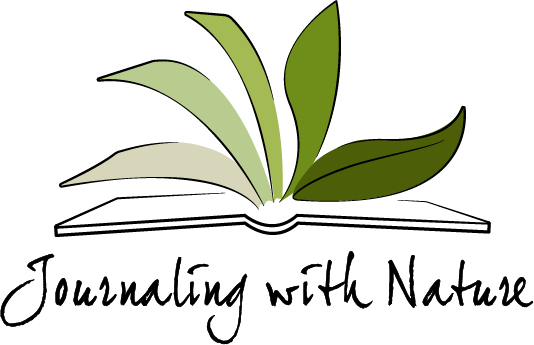

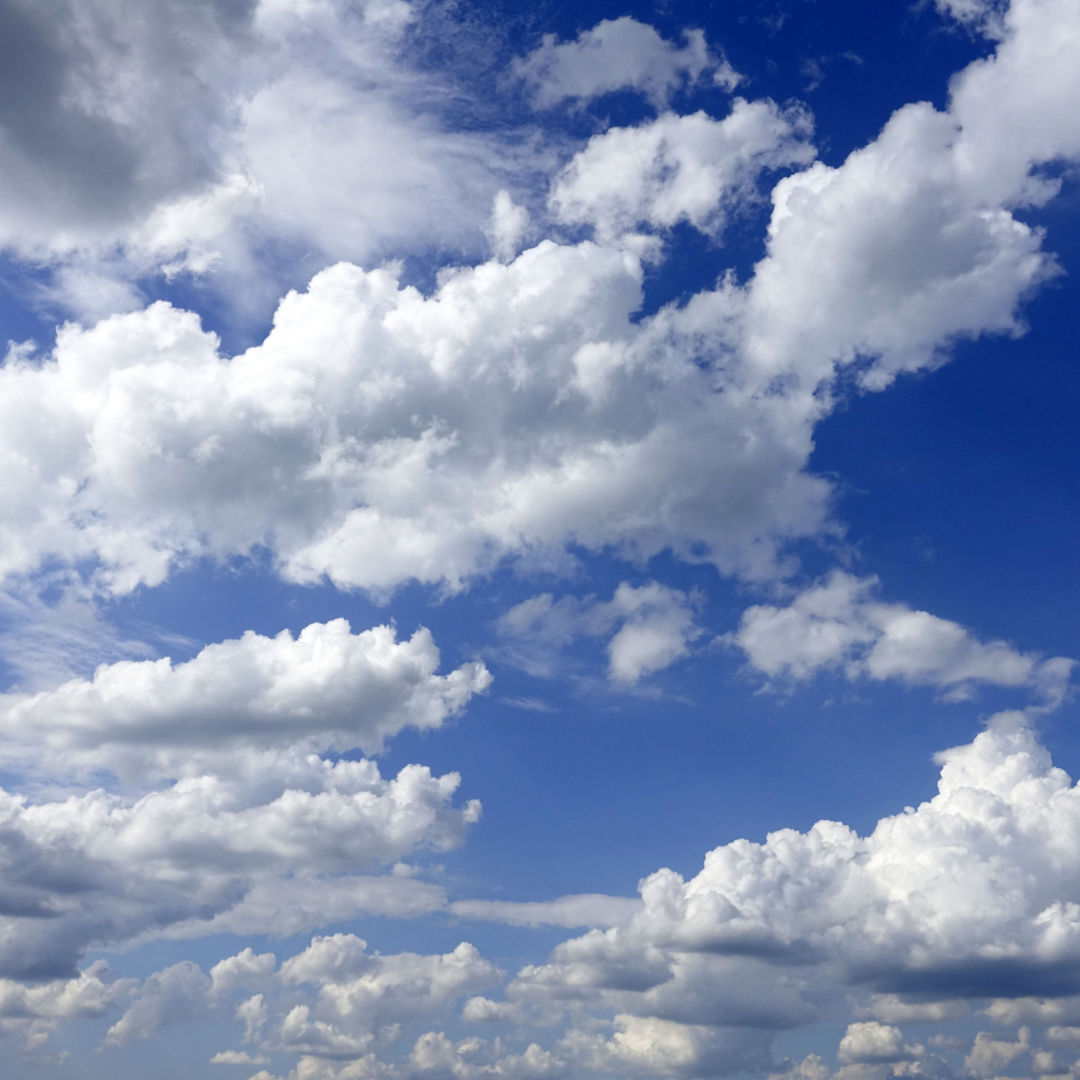

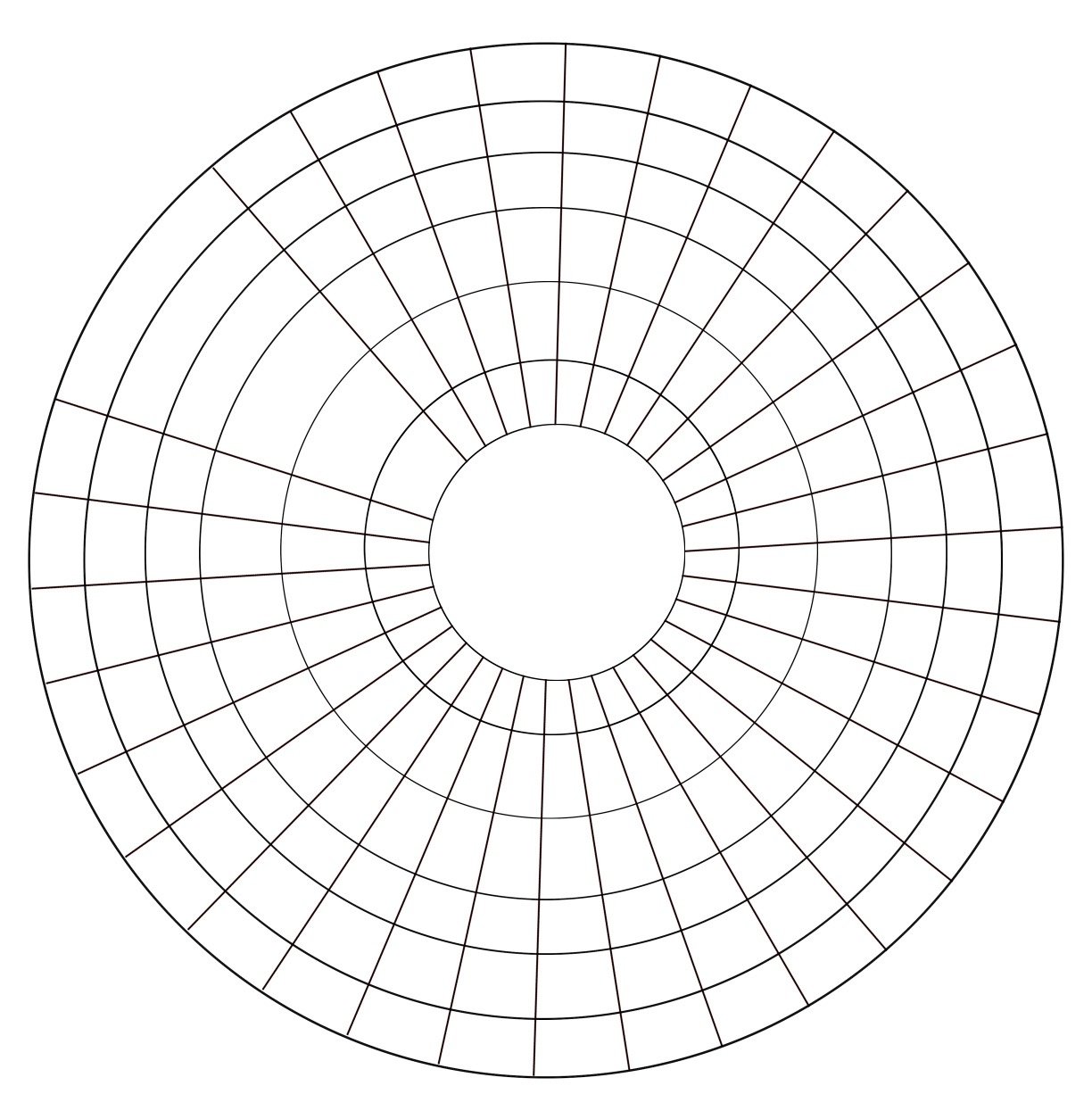










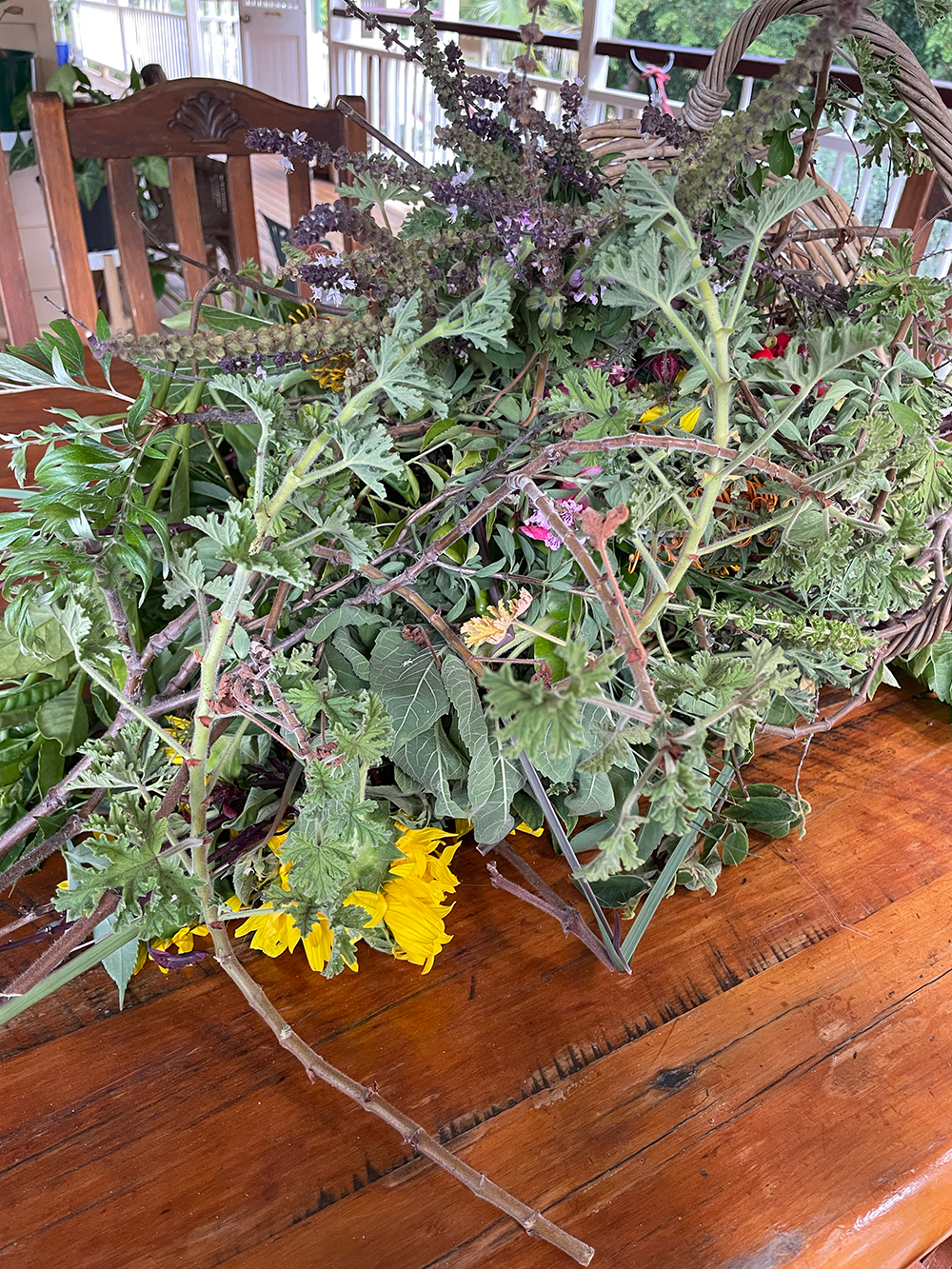

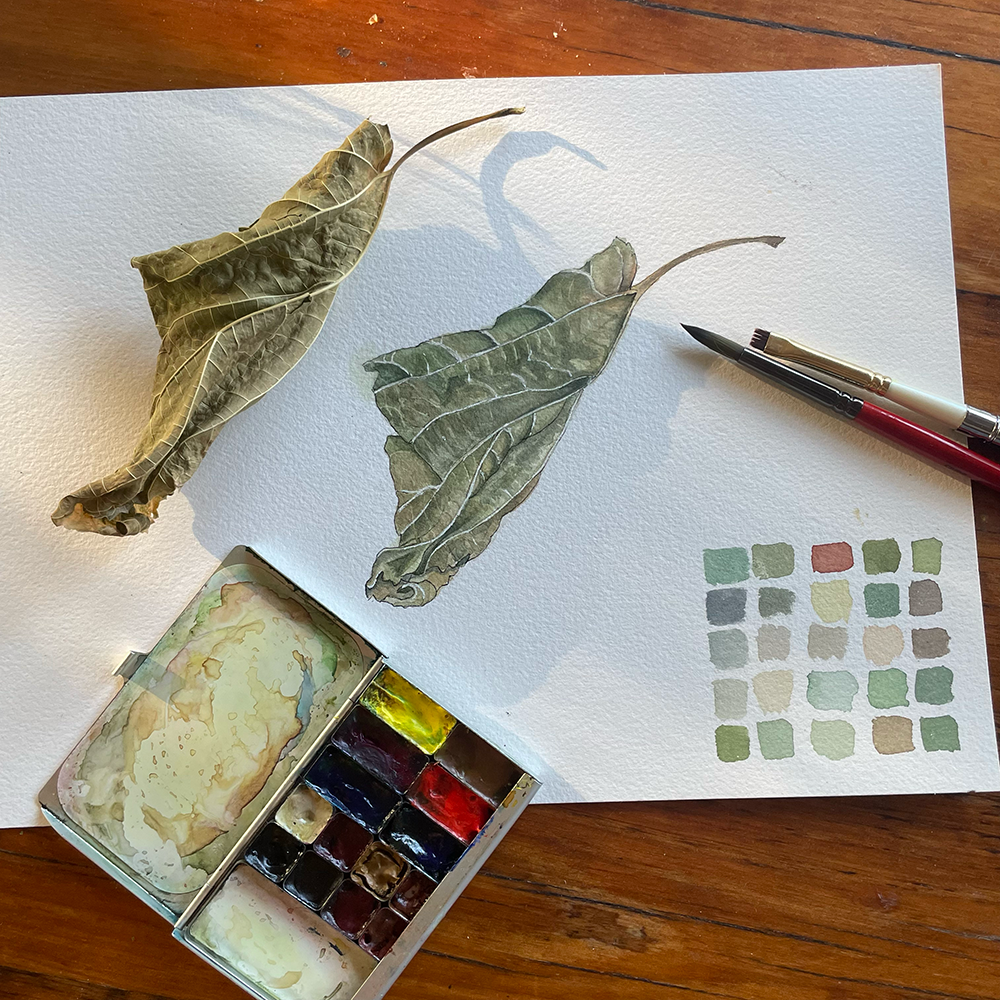



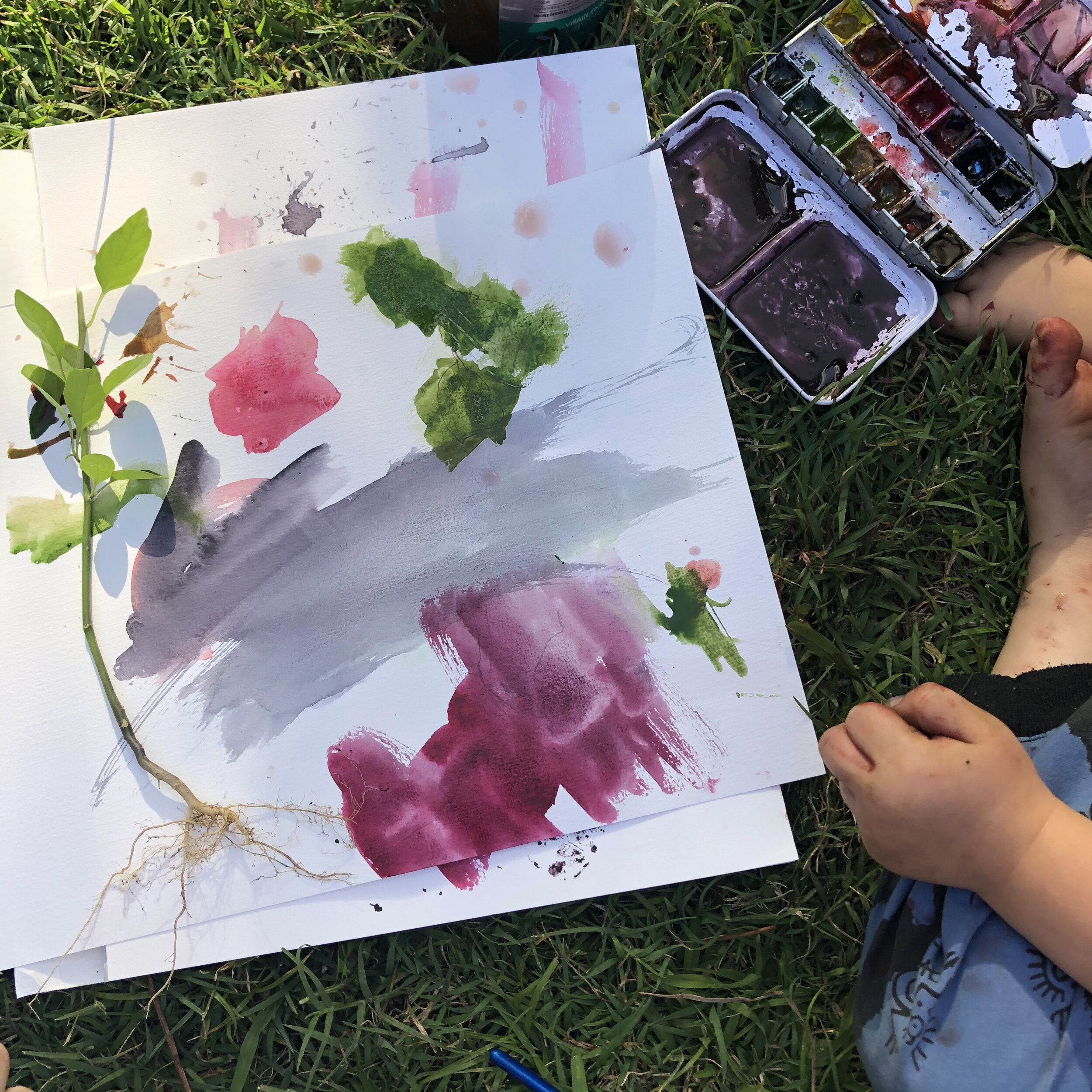
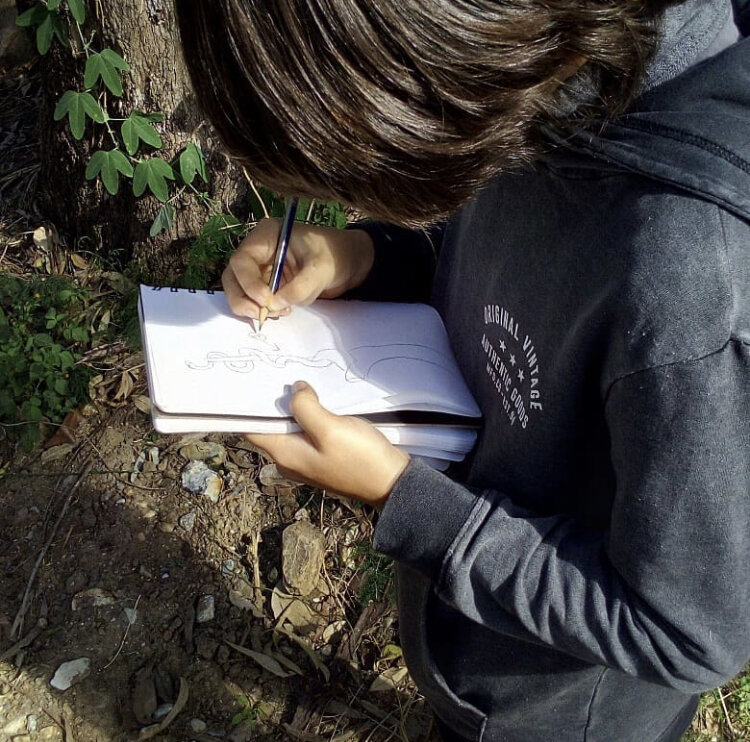

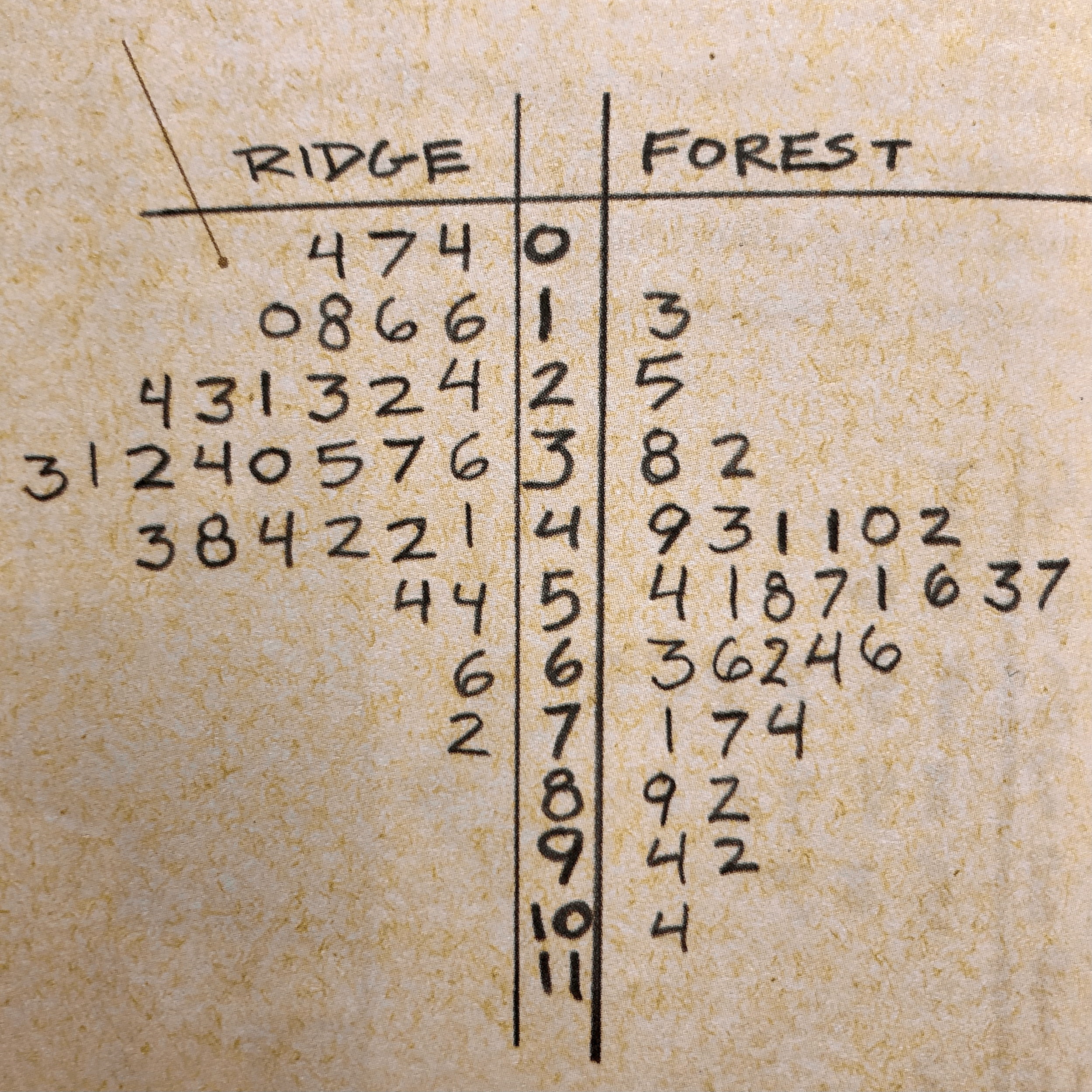
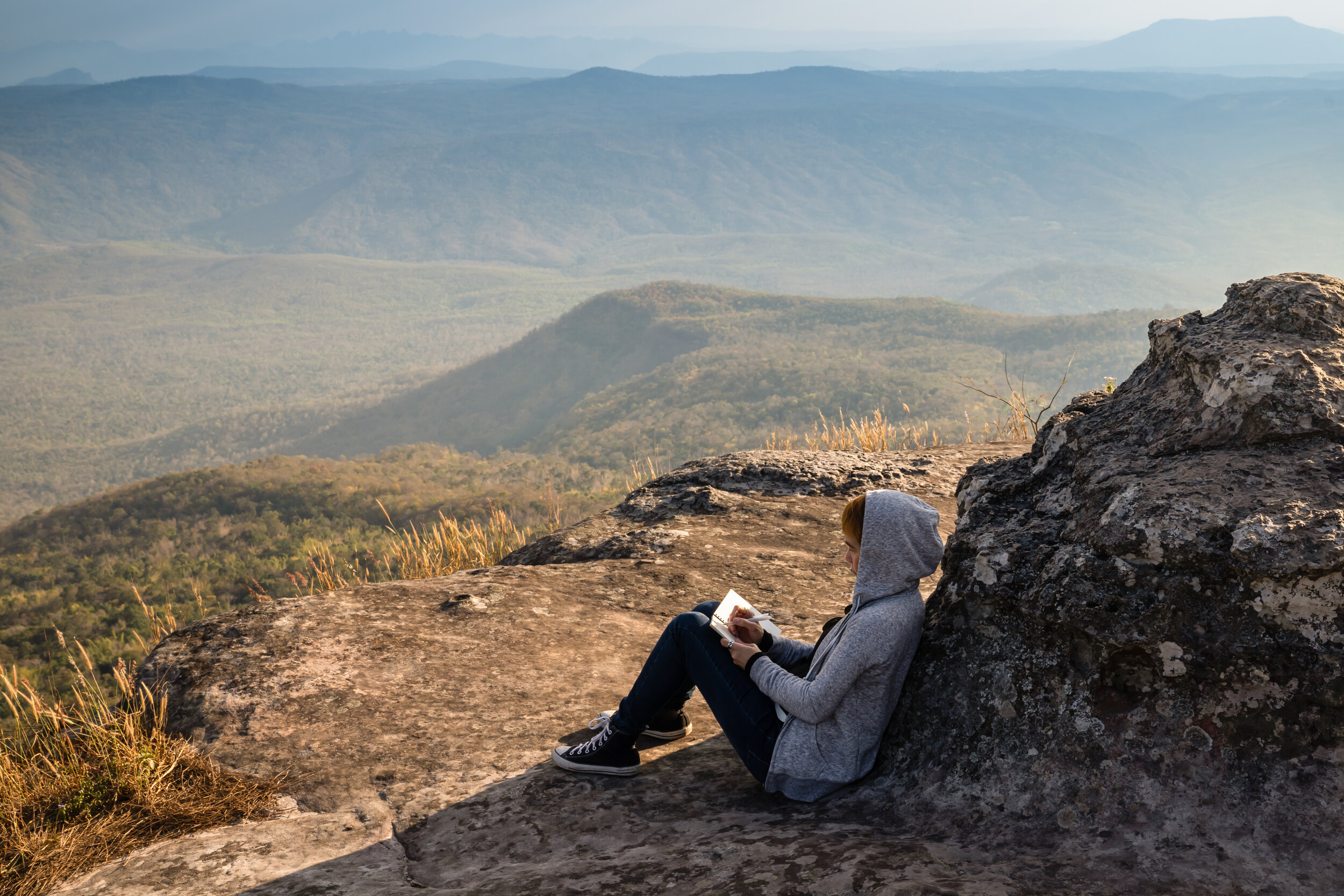


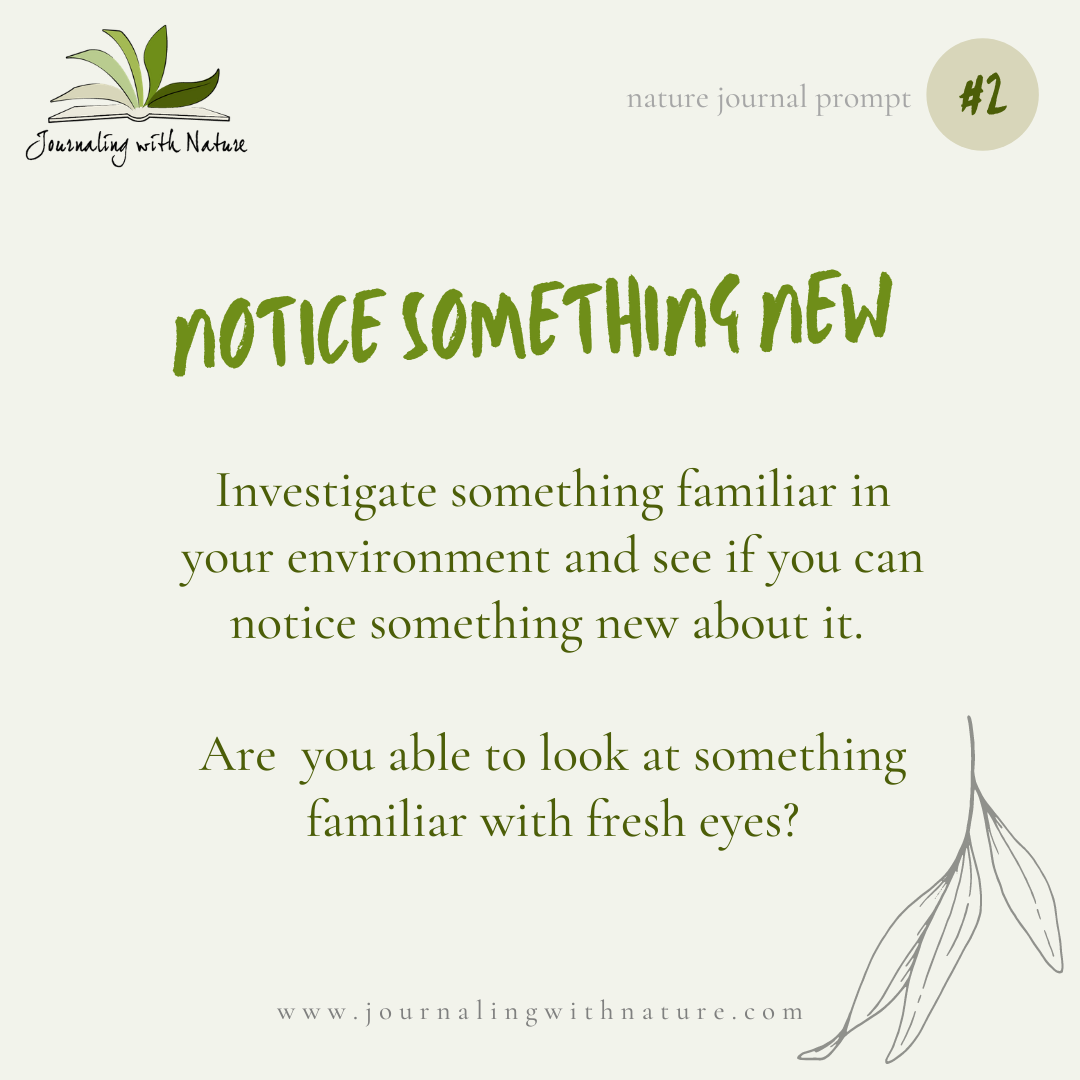





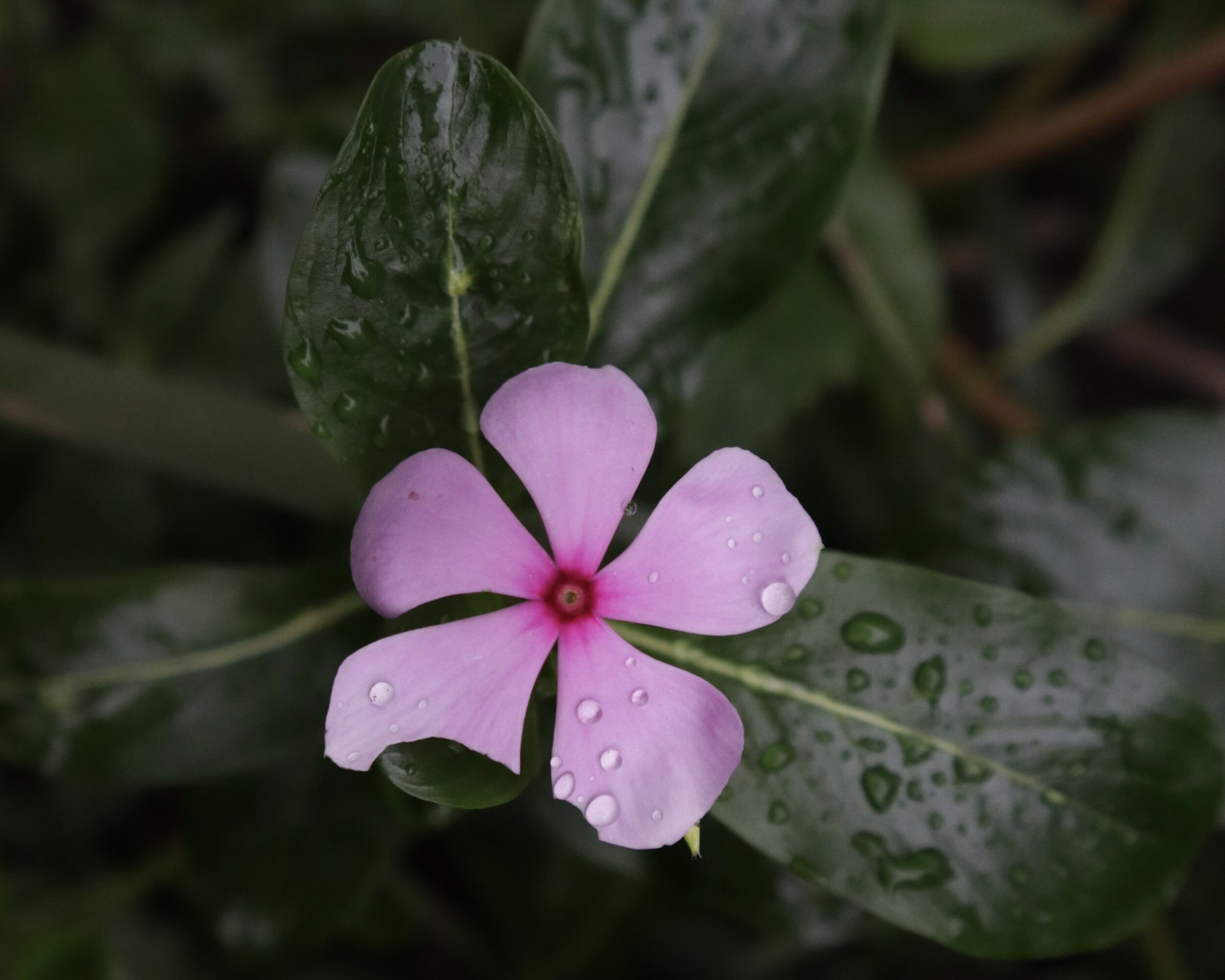










Keeping track of the temperature and weather can be a useful addition to our garden journal. In this blog post I share how I record this information and offer a downloadable template for you to use in your own journal.